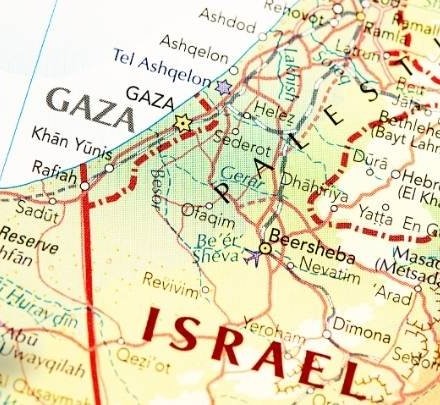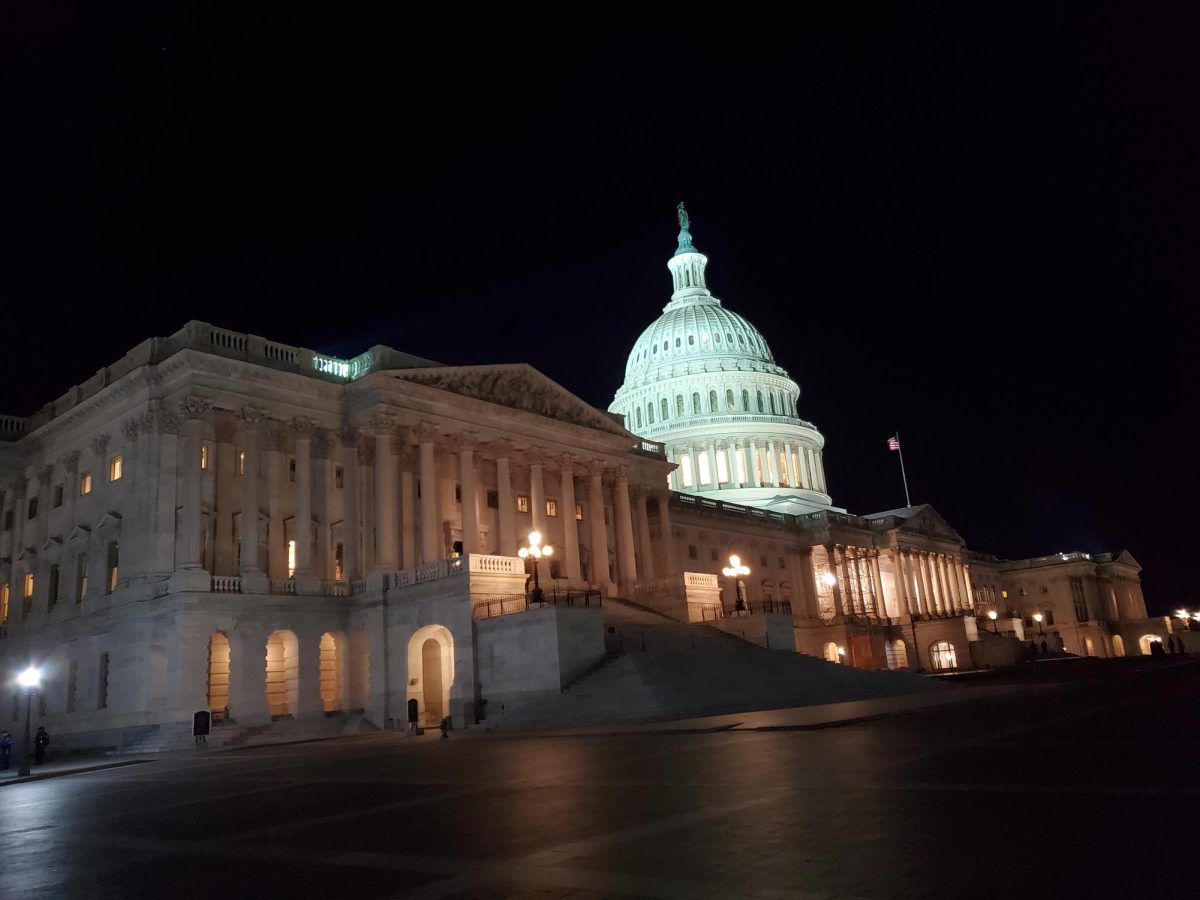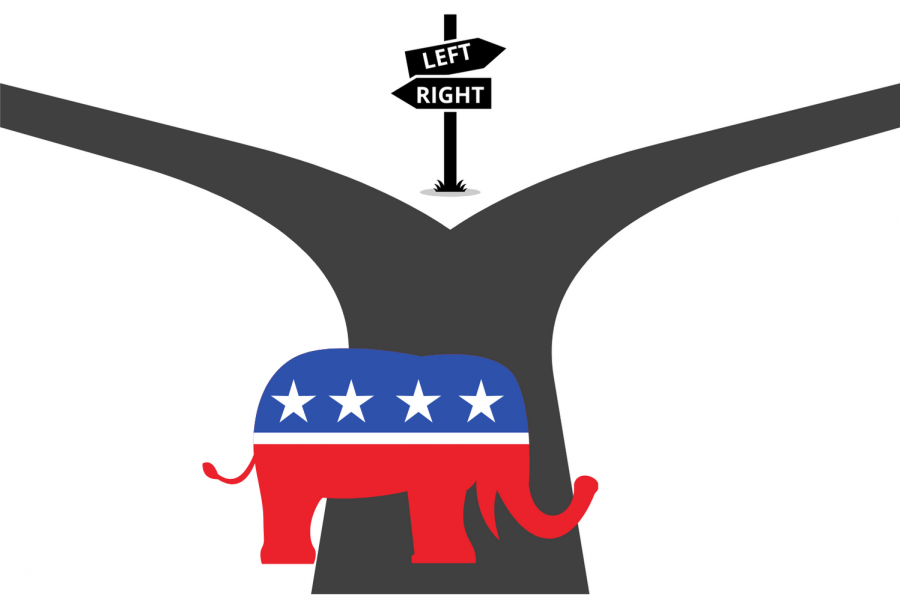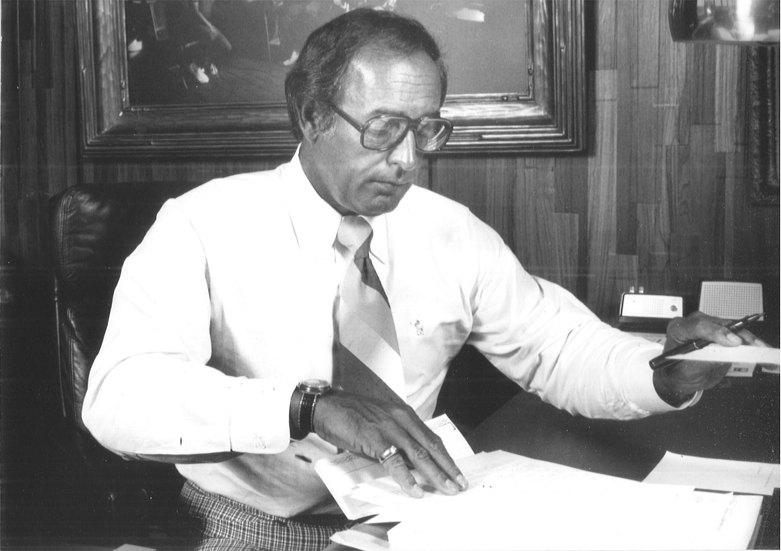Puerto Rico is not a U.S. state — it is a Commonwealth. Although the U.S. Congress has local responsibility over Puerto Rico, Puerto Rico has autonomy, and the governor-elect of Puerto Rico holds the highest public office on the island. Puerto Ricans are U.S. citizens and have all the benefits of citizenship except voting for the U.S. President in the general elections.
Despite this disparity, Puerto Rico has continued to remain a U.S. territory. The general consensus of Puerto Ricans is to stay as a U.S. territory; only a small minority wants independence and complete autonomy from the United States. The latter believes that breaking away from the United States will be worth the challenges of a new nation that is not supported by federal aid. A less popular group favors becoming a U.S. state. As a state, Puerto Rico would receive increased funding from Washington and the right to vote in Presidential elections.
In 1967, 1993 and 1998, Puerto Rico turned down the chance to become a state. In 1967, a little over 60 percent voted in favor of remaining a U.S. commonwealth. In 1993, the percentage went down to 48.6. Then in 1998, 50.3 percent of the Puerto Ricans rejected all three options of statehood, independence and wealth, opting for “none of the above.”
However, after this year’s election, it is possible that Puerto Rico will become a state.
This November’s ballot for will ask Puerto Ricans two questions that are very different from those of previous ballots. First, the residents will be asked if they would like to move away from Puerto Rico’s status as a US territory. The second question asks what plan should be pushed forward: remain a territory, become independent, or become the 51st state. If there is a majority vote for statehood, the procedure for Puerto Rico to become the 51st state will begin.
“We are already intertwined into the national fabric. And what needs to happen now is for us to fully partake,” said Governor Luis Fortuño.
If Puerto Rico were to become the 51st state, the balance of power in the Congress would shift. Furthermore, Puerto Rico has three major political parties that do not directly correlate to the Democratic and Republican parties. The three major political parties are divided along the lines of supporting statehood, independence or territorial status.
There is still a lot of confusion regarding the three choices for Puerto Rico. In a May 2012 poll, about 51 percent wanted to remain a territory, 45 percent did not fully understand the ballot options and only 36 percent supported statehood. However, the polling data on this Sunday’s referendum in Puerto Rico on territorial constitutional changes did not match up with how the people voted. Voters rejected constitutional amendments that limited bail rights and minimized the island’s legislature. At this time, the vote is seen as a win for the party that supports independence for Puerto Rico.
After 94 percent of the votes were counted on Wednesday morning, 54 percent of Puerto Ricans opted for a change from the status quo, and a further 61 percent supported U.S. statehood. This decision is non-binding, and the U.S. Congress will take up the measure for final consideration.






